Search
Search Results

Article
Heraclitus' Fragments
Heraclitus of Ephesos (l. c. 500 BCE) was an early Pre-Socratic philospher who claimed that the First Cause of existence was fire and that life itself was characterized by strife and change. Heraclitus did not see this condition as a bad...
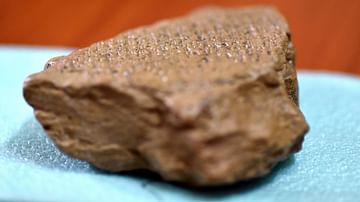
Article
The Newly Discovered Tablet II of the Epic of Gilgamesh
Surpassing all other kings, heroic in stature, brave scion of Uruk, wild bull on the rampage! Going at the fore he was the vanguard, going at the rear, one his comrades could trust! (Prologue, Tablet I, The Epic of...

Article
The Atrahasis Epic: The Great Flood & the Meaning of Suffering
The Atrahasis is the Akkadian/Babylonian epic of the Great Flood sent by the gods to destroy human life. Only the good man, Atrahasis (his name translates as `exceedingly wise') was warned of the impending deluge by the god Enki (also known...

Article
Enuma Elish - The Babylonian Epic of Creation - Full Text
The Enuma Elish (also known as The Seven Tablets of Creation) is the Babylonian creation myth whose title is derived from the opening lines of the piece, "When on High". The myth tells the story of the great god Marduk's victory over the...
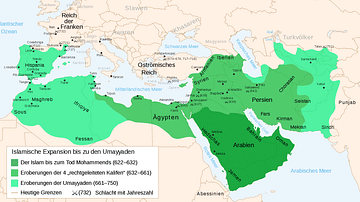
Image
Umayyad Conquest, 7th & 8th Centuries CE
Map showing the Umayyad Arab (Islamic) expansion throughout the 7th and 8th centuries CE. In dark green is depicted the extent of Islam up until the death of Mohammed (622-632 CE); in the intermediate green is shown the conquests of Rashidun...
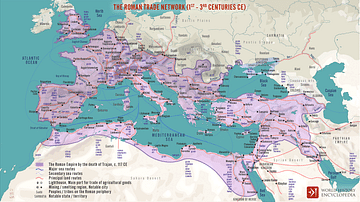
Image
The Roman Trade Network (1st - 3rd centuries CE)
A map illustrating the principal trade routes of overseas and transregional exchange of goods across the Roman Empire between the first and third centuries. The depiction is schematic not only for the completeness of adequate historical knowledge...
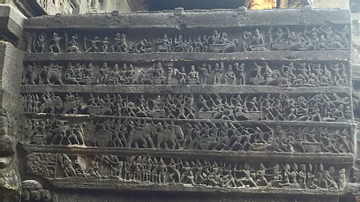
Image
The Armies of the Rashtrakutas (Eighth to Tenth Centuries CE)
This war scene shown in a temple frieze in the Kailashanatha Temple built by the Rashtrakuta emperor Krishna I (756-773 CE) depicts the Mahabharata war. The soldiers' arms and armour however, belong to the period of the imperial Rashtrakutas...
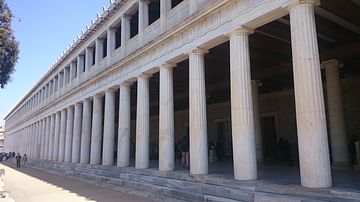
Interview
Interview: American School of Classical Studies at Athens
The American School of Classical Studies in Greece has been running its operations since the 19th century CE, with excavations across the country and an academic program that runs throughout the summer and fall. They are arguably the most...

Image
Islamic Conquests in the 7th-9th Centuries
A map illustrating the rise and expansion of early Islamic caliphates from the Prophet Muhammad until the 9th century.

Image
The Phoenician Expansion c. 11th to 6th centuries BCE
A map illustrating the expansion of the Phoenicians, including the trade routes and process of Phoenician colonization, from its origins in the Levant region of the eastern Mediterranean, until its height when it spanned from Cyprus to the...